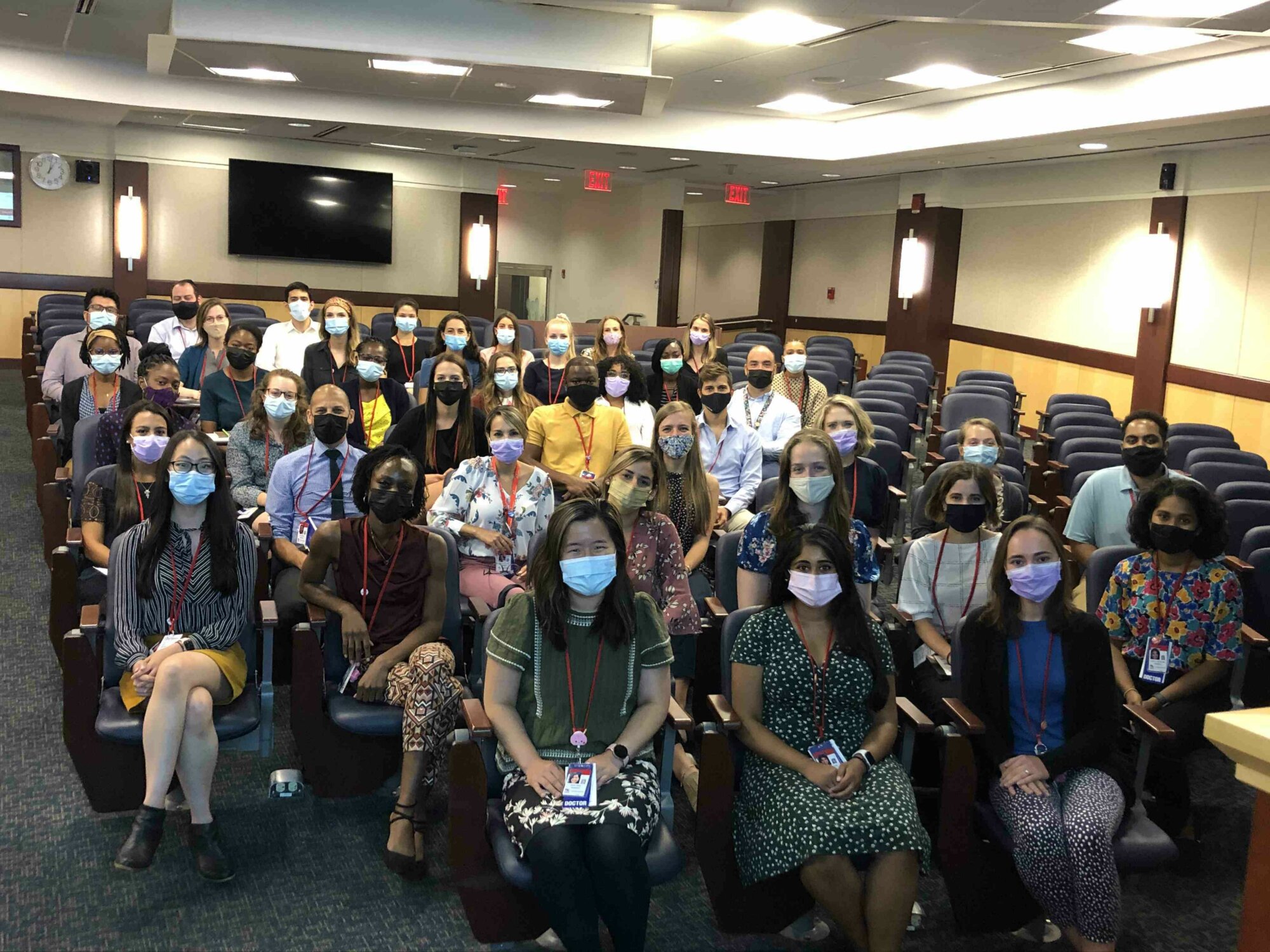
Studies show that patients can have better medical outcomes when doctors caring for them share their race or ethnicity, and Children’s National Hospital in D.C. is celebrating an incoming residency class that’s more than three times the national average for diversity.
Including Black, Latino and Southeast Asian individuals, 51% of incoming class members identify as “underrepresented in medicine,” which is defined as races and ethnicities that are underrepresented among physicians compared with the general public.
“We’re very excited about our incoming residency class,” said Dr. Aisha Barber, director of the Pediatric Residency Program at Children’s National.
So, what exactly is a residency? It’s what comes after four years of college and four years of medical school, when doctors do additional training in the specialty of their choice.
“For pediatrics, that’s a three-year residency. And then many trainees go on to do a fellowship, which is additional training in a subspecialty like pediatric cardiology, for example,” Barber explained.

At least 10% of the incoming intern class identifies as LGBTQ, which mirrors the adult population in D.C.
As for how that can affect patients?
Barber said there’s some research that shows patients may follow guidance better when they share their doctor’s race.
“There’s some recent studies that show the impact that having diverse pediatricians and doctors taking care of children can have on health care outcomes that’s independent of what the patient does differently. And implies that maybe the doctor does something differently and can have some influence on the patient’s care and on the systemic factors around health care outcomes,” Barber said.
The Children’s program is aware that diversity can’t be considered in a vacuum independent of equity and inclusion.
“So, one of the areas that we focus on is what the experience of our UIM, underrepresented in medicine, trainees is like while they’re here, and how we can augment that experience and make sure that on an individual level and on a systemic level, they’re having an equitable experience,” Barber said.
Aggressive outreach, recruitment and a scholarship program that began in 2015 are credited with the diversity of the incoming resident classes growing from 12% in 2015 to the current 51%.
“This scholarship program changed my career trajectory, as it introduced me to the field of pediatric academic medicine,” said Dr. Jessica Hippolyte, pediatric chief resident at Children’s National and graduate of the scholarship program, in a news release. Hippolyte also has a master’s degree in public health.
“I was paired with minority resident and faculty mentors, networked with senior program leadership, received guidance on the application process and gained tremendous insight on all the opportunities available to Children’s National residents,” Hippolyte said.
Barber said the scholarship program has led to “really amazing outcomes,” including some recipients returning to the hospital as faculty.








